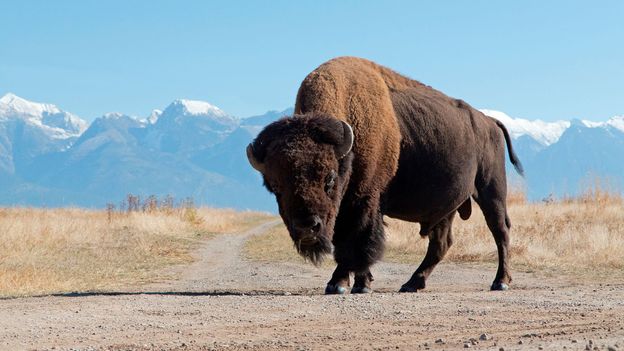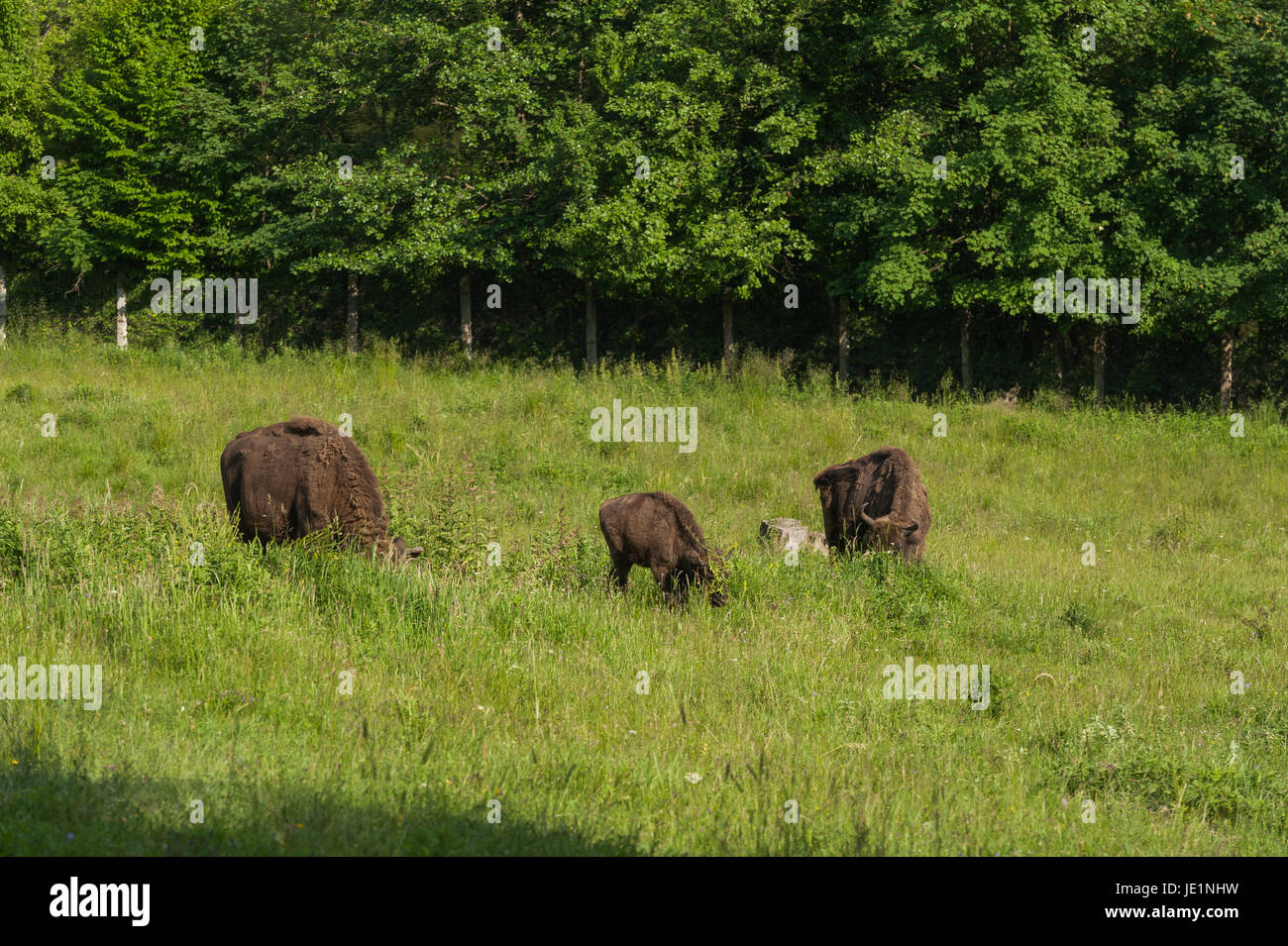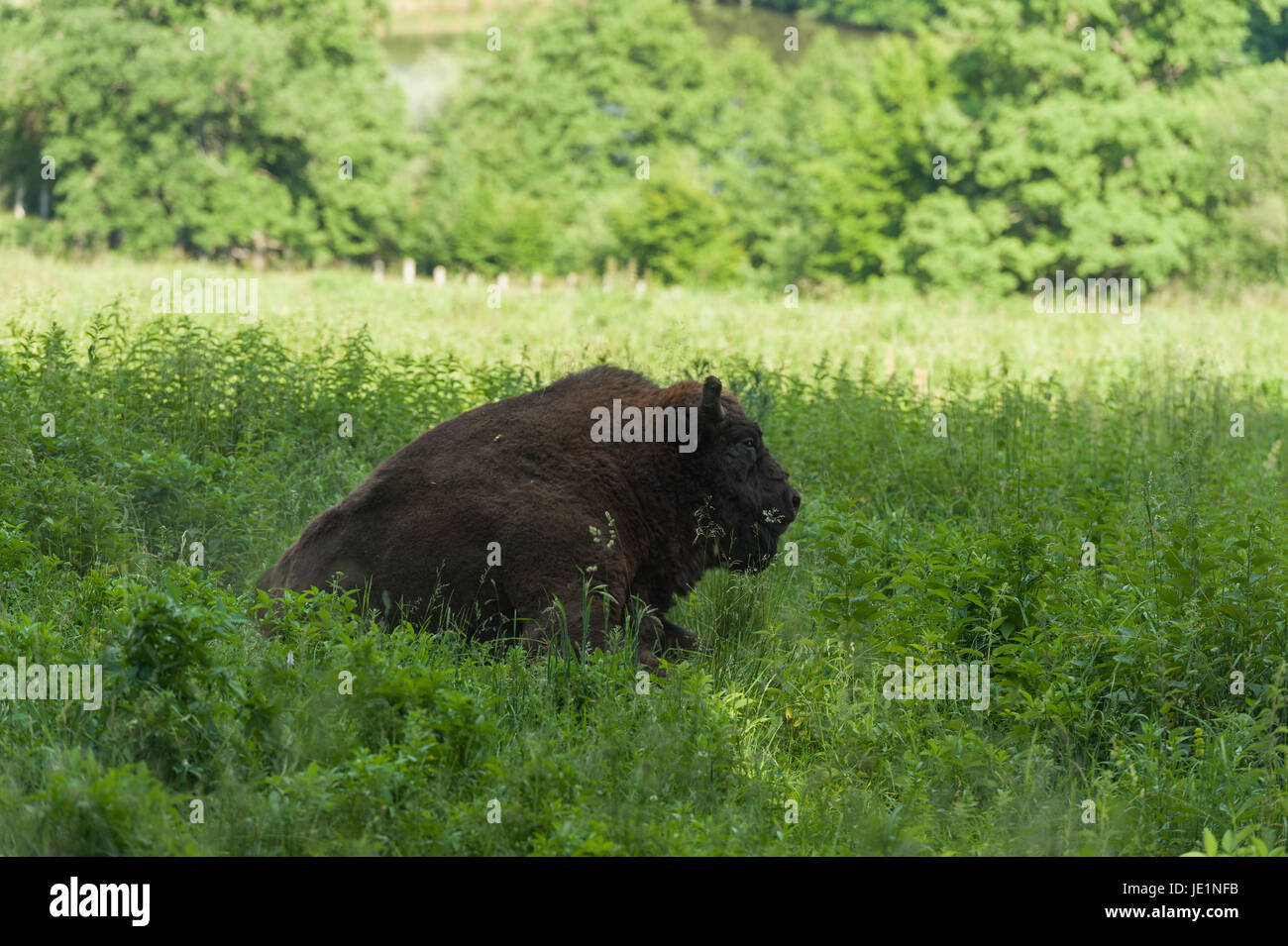Why grazing bison could be good for the planet Biology Diagrams Food chains and food webs, like intricate threads, connect these creatures, creating a dynamic network of interdependence. Food Chains and Food Webs: The Flow of Energy. Imagine a green Envision a majestic bison grazing the lush grasslands, its hooves gently aerating the soil. This humble act sets in motion a cascade of events that shape Take the bison, for example. They eat grasses, which use sunlight for energy. So, the bison's energy ultimately comes from the sun! It's like a game of solar tag, with the sun's energy chasing its way up the food chain. Understanding trophic levels and food chains gives us a peek into the interconnectedness of the grassland ecosystem. It

Grasslands are expansive ecosystems where most life happens in open spaces. Found in regions ranging from temperate prairies to tropical savannas, these ecosystems are characterized by vast stretches of grasses and scattered trees. These open landscapes support large herbivores like bison and antelope, which, in turn, are prey for swift predators. In a grassland food chain, the grass is the producer. It produces food using the sun's energy. The primary consumers follow the producers. Insects like grasshoppers are primary grasslands consumers as they depend on the green plant for their food (herbivores). Occasionally, primary consumers are omnivores as well, such as aardvarks. Consumers in Grassland Food Webs. While grassland producers form the foundation of these ecosystems, the intricate web of consumers plays a vital role in shaping the dynamics and maintaining the balance within grassland biomes.These consumers, ranging from herbivores to predators, are intricately woven into the fabric of the food web, each fulfilling a unique ecological niche and contributing

Teachers (U.S. National Park Service) Biology Diagrams
The American bison (Bison bison) is a species of bison native to North America.Sometimes colloquially referred to as buffalo (a distinct species of bovine), it is one of two extant species of bison, alongside the European bison.Once roaming in vast herds, the species nearly became extinct by a combination of commercial hunting and slaughter in the 19th century and introduction of bovine Bison did not live alone on the vast grasslands of North America. In fact, they were part of a community of plants and animals called an ecosystem where everything was connected to everything else in some way. This is also called a food web. You are part of a food web, too! Bison consume plants and form a crucial link in the prairie ecosystem's food web. As herbivores, they play a role in vegetation control, affecting both plant populations and the availability of resources for other animals. Their impact extends to the soil, as their grazing and wallowing behaviors influence nutrient cycling and water retention. Moreover, bison are essential prey for predators

